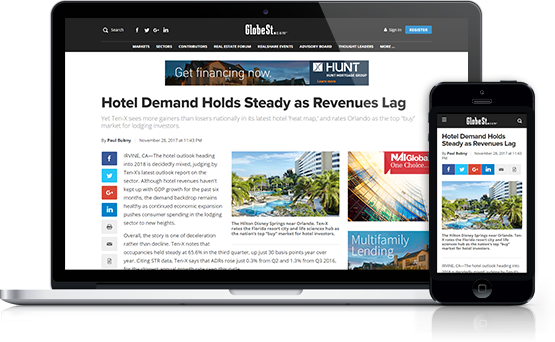We're now well into the development stage of the real estate cycle—even though commercial vacancy rates are higher than average in many markets this late in recovery. Construction activity is still only about half the last peak, a healthy sign of still somewhat restrained lending, but tenant demand remains lackluster. Office developers and their money partners probably properly calculate in many cases that their new technologically-advanced product can lure tenants out of last generation properties, creating value above project cost. It's the older buildings, losing tenants to the upstarts, which will likely suffer the consequences of demand anemia not the new projects. And the lower down buildings stand on the quality pyramid, the greater the risk of obsolescence fatigue setting in followed by value erosion.
So that leads to wondering about why some investment managers are paying record price-per-pound amounts in New York, Los Angeles and San Francisco for older product in fringe, but hopefully up-and-coming, downtown neighborhoods. And when I mention older product we're talking 80- and 90-year-old buildings. Would not these investors be better off at this stage of the cycle developing new rather than making bets on restoring really old?
I guess you can convince yourself that it is worth making a bet on neighborhood revivals driven by tech companies, young entrepreneurs, hip retailers, and trendy restaurants. That's the play in New York's meat packing district, LA's Arts District, and various wards around San Francisco's downtown. High ceilings, artisan detailing, open floor plates in old warehouse buildings, constructed to last with thick masonry and cast iron can have an appeal to store chains and creative shops.
Recommended For You
Want to continue reading?
Become a Free ALM Digital Reader.
Once you are an ALM Digital Member, you’ll receive:
- Breaking commercial real estate news and analysis, on-site and via our newsletters and custom alerts
- Educational webcasts, white papers, and ebooks from industry thought leaders
- Critical coverage of the property casualty insurance and financial advisory markets on our other ALM sites, PropertyCasualty360 and ThinkAdvisor
Already have an account? Sign In Now
*May exclude premium content© 2025 ALM Global, LLC, All Rights Reserved. Request academic re-use from www.copyright.com. All other uses, submit a request to asset-and-logo-licensing@alm.com. For more information visit Asset & Logo Licensing.








